Meet an Educator is a monthly series by Early Bird, where we feature the work of educators across India who are actively spreading the joy of birds and nature. This month’s featured educator is Sabina Fathima, an educator who curates experiential learning journeys for children and runs Sunnyside in Chennai.
Do tell us about yourself, where you are from, and your work
I’m Sabina Fathima, an educator who strongly believes that learning happens through experiences and that education should be self directed like other things in life. I’m from Chennai and run Sunnyside, a micro school that runs in the format of a learning centre. I curate experiential learning journeys that expose children to real world scenarios through interdisciplinary projects, all while keeping it based on the child’s interests. Here, children are enabled to pick up key work habits and mentored to self direct their learning. Learning here happens beyond textbooks and curriculums in a non-coercive and pressure-free environment.
What excites you about the natural world?
I come from a typical conventional background where it was all about scores. In the rat race, there was no time to pause and reflect! This ‘pause and reflect’ is something that I felt was enabled by nature. I’m blessed to live by the beach. I could sit there staring at the water for hours, be totally blank and not feel bored. This gift of calm and relaxation that comes from the natural world is something to cherish.

When and how did you get interested in bird/nature education?
I got exposed to nature education only about 2 years ago, when I started Sunnyside. Since Sunnyisde was all about learning through experiences, what better way than to learn from the life around you. So nature education became one of the natural choices. Through nature walks in our neighbourhood, shore walks, etc., it was interesting to see how children could hone their observational skills. It was so relatable to children as they could use their senses in understanding what they saw first hand themselves and the curiosity it evoked every time was simply mind blowing.
What do you hope to achieve through your education work?
Through our nature education activities and projects, we look forward to kids acquiring essential life skills, critical thinking and empathy. We want to focus on the person one can become while you appreciate the beauty and wonders of nature. The work of the creator and the awe of how small we humans are in the realm of all things. Also, we now live in a world where children are so disconnected from the world around them, that it is just neglected. A child who is not exposed to nature will never learn to appreciate nature and thus will never work to preserve it.
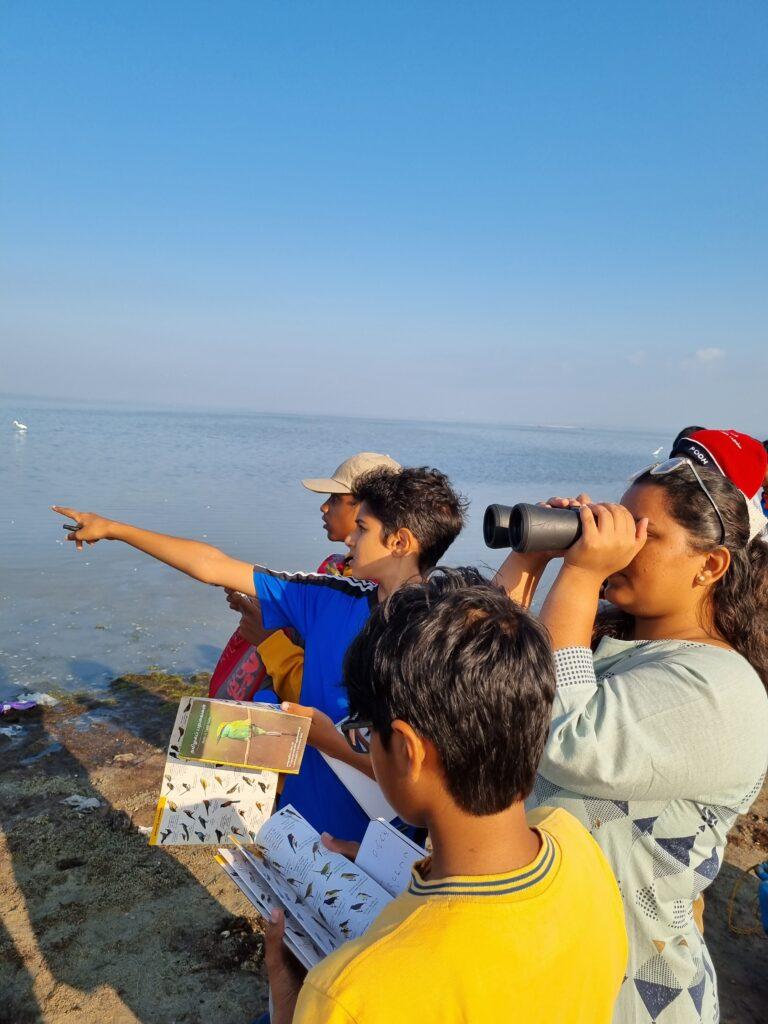
Why do you believe it is important for children to learn about birds or connect with nature?
I believe nature education nurtures children’s curiosity and mindfulness. It improves their scientific literacy, environmental awareness and appreciation of the interconnectedness of ecosystems. And as children understand various life forms and their role as indicators of environmental health, it empowers them to protect biodiversity and work on pressing environmental issues. It would help build a generation of more environmentally aware individuals who are committed to its conservation.
What tools or resources have helped you in teaching about birds? Can you describe an approach that has worked exceptionally well for you?
We’ve always had a mix of indoor and outdoor experiences with respect to nature. We would go for walks and come back to look up for resources to find answers to our questions. Learning about nature inside four walls is a half-baked experience. Whenever we step out, we go with an open mind. We have no strict agendas and this free flow format has helped us observe a lot more. These experiences involve a lot of conversations where children would recall related things that they have seen, read, heard of, etc. We have always used resources that would give us a lot of local understanding as this is one of our key focus areas – that children are well aware of the biodiversity in their localities. Resources from Palluyir Trust, Early Bird, ROAR have been some of the resources we have used along with some awesome nature educators who have worked with our children.
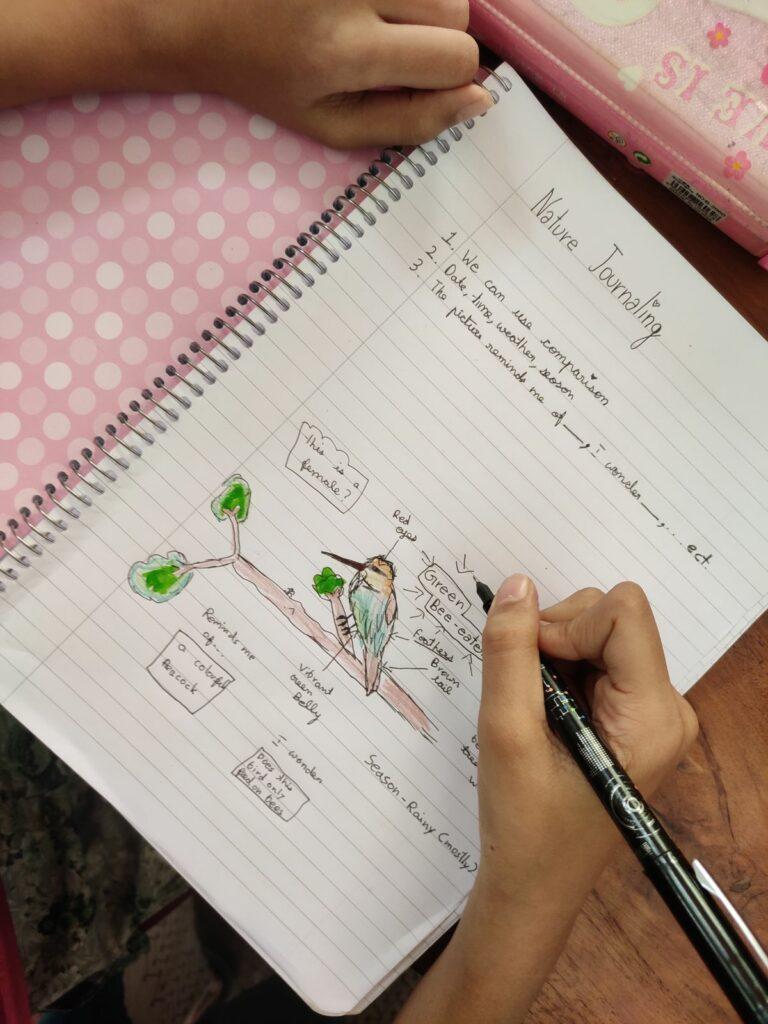
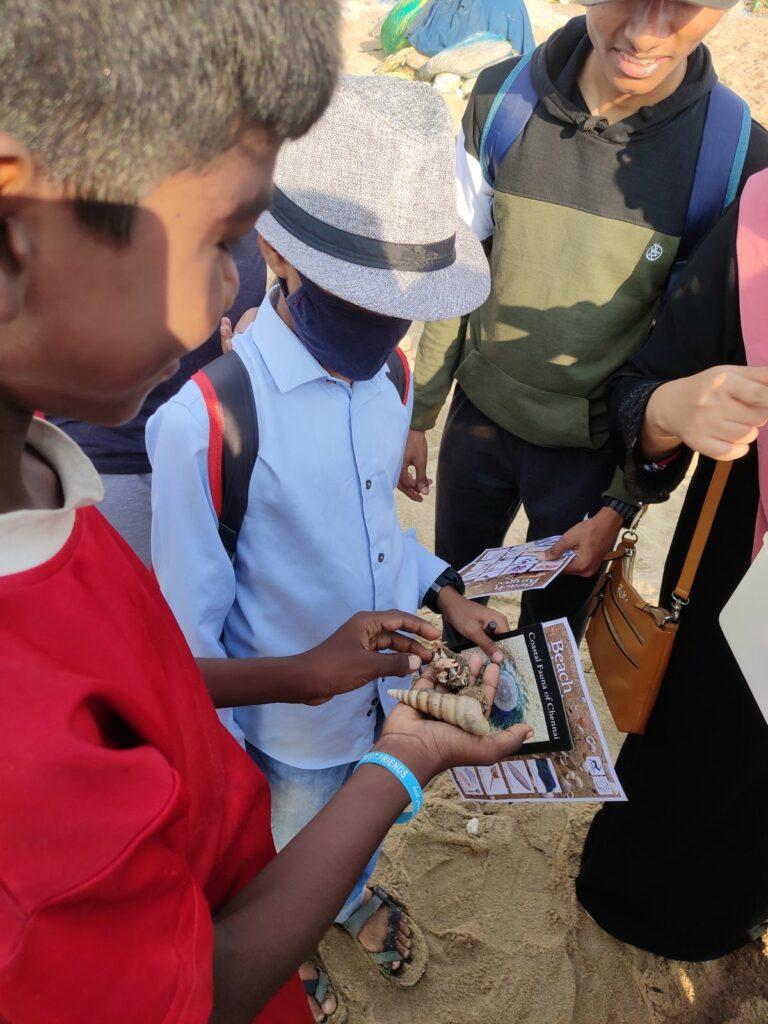
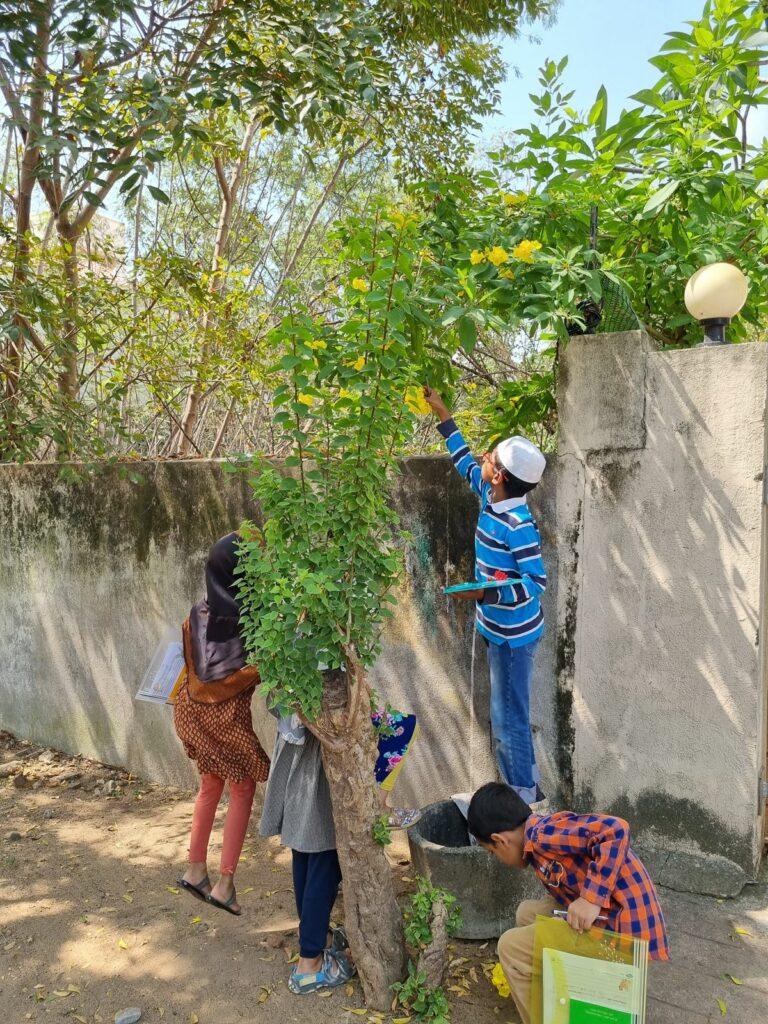
Have you encountered a significant challenge as a bird/nature educator, how did you overcome it?
Sometimes finding the right resources/educators relevant to our locality has been a challenge. And as children start growing into their teens, there seems to be a dip in interest in nature education. Dealing with this and keeping the spirits up has been a challenge at times.
Do share any memorable moment or experience you have had in teaching kids about birds/nature. Can you recall any insightful instance that shaped your perspective?
During one of our shore walks, we met some children of fishermen who were so curious to see us with pocket guides as we searched the shore for clams and crabs. They ran to us, enquired and in no time they were back with treasures from their father’s early morning catch. This was one of the most memorable moments and we were all simply amazed by the amount of knowledge they have from their lived experiences. We never expected them to show us so many creatures and we learnt so much about crabs & other creatures – all by touching and seeing them so close up & alive! We have a blog about this. You can read it here.
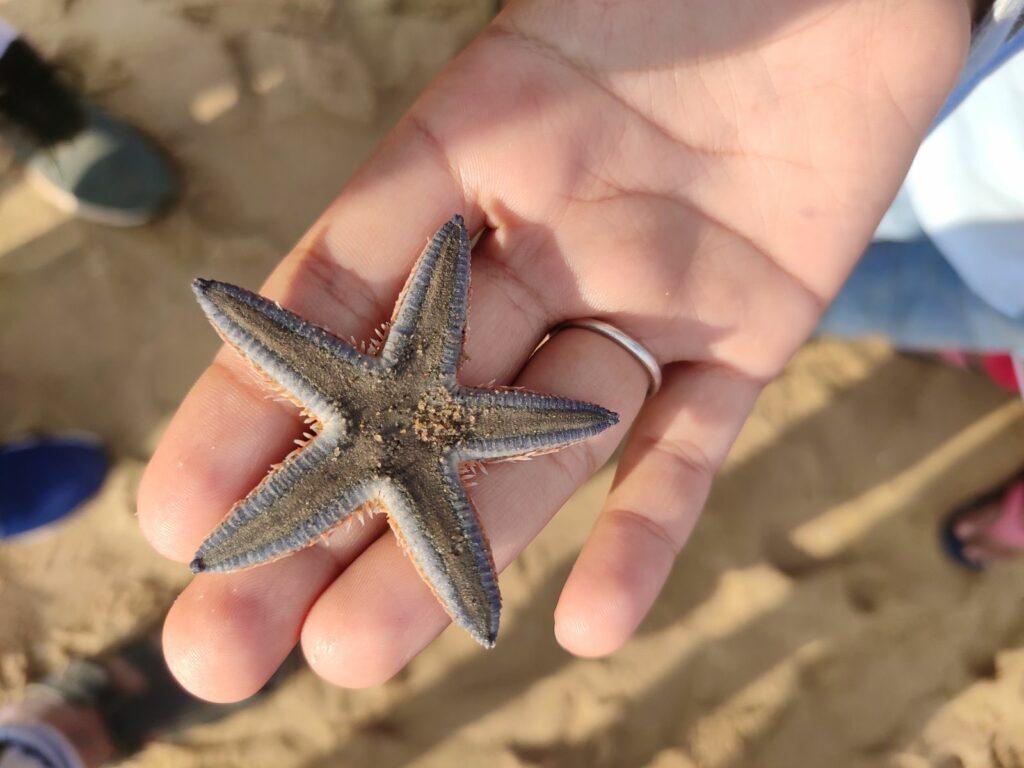
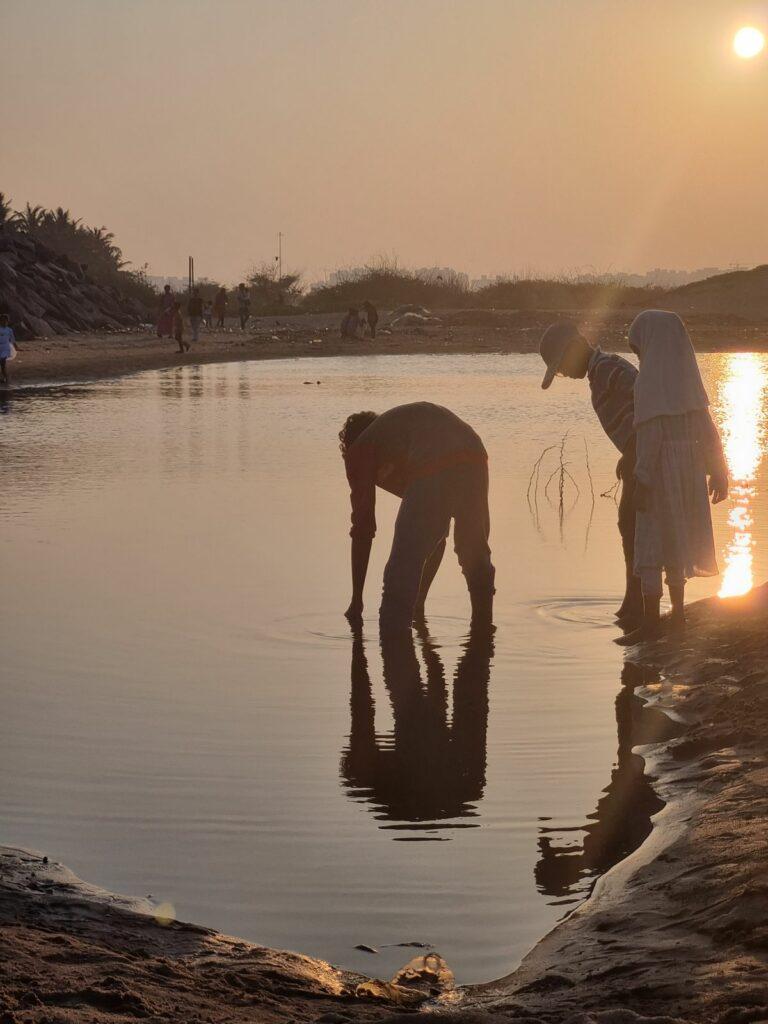

Have you noticed any changes in your learners after they received exposure to birds and nature-based learning? If yes, what are they? If not, why do you think that is?
During the early days of Sunnyside, kids would stand away from what they observed. There was so much apprehension to touch or go near. A year into it, we saw kids holding snails, hermit crabs, bugs, etc. with no fear or feelings of yuckiness. We learnt that the change in feelings likely occurred due to their increased familiarity. As they spent more time, they likely learned more about them. This increased knowledge and exposure likely helped them overcome their initial fears and develop a sense of curiosity and appreciation for these creatures. They went from being scared or grossed out to feeling comfortable and interested. Overall, the change in feelings clearly reflects the transformative power of nature education in developing empathy and a deeper connection with the natural world around us.
What message would you have for your fellow educators, or somebody starting out in their nature education journey?
Just start, you can never be all prepared. You do not need any credentials. You only need an open mind to be curious and ask questions. Every experience with nature will give you something different. Go to the same spot and you’ll see things differently. Go with an open mind, a mindset that you are a learner, to learn along with the children. You would be so prepared, but one kid will throw a different perspective or question that you would have never thought about! Keep it local and tap into local communities. Repeat spots. Avoid running only on-stage indoor sessions. Explore and use a variety of resources – pocket guides, videos, sketches, etc. Try creating your own resources based on the local context.
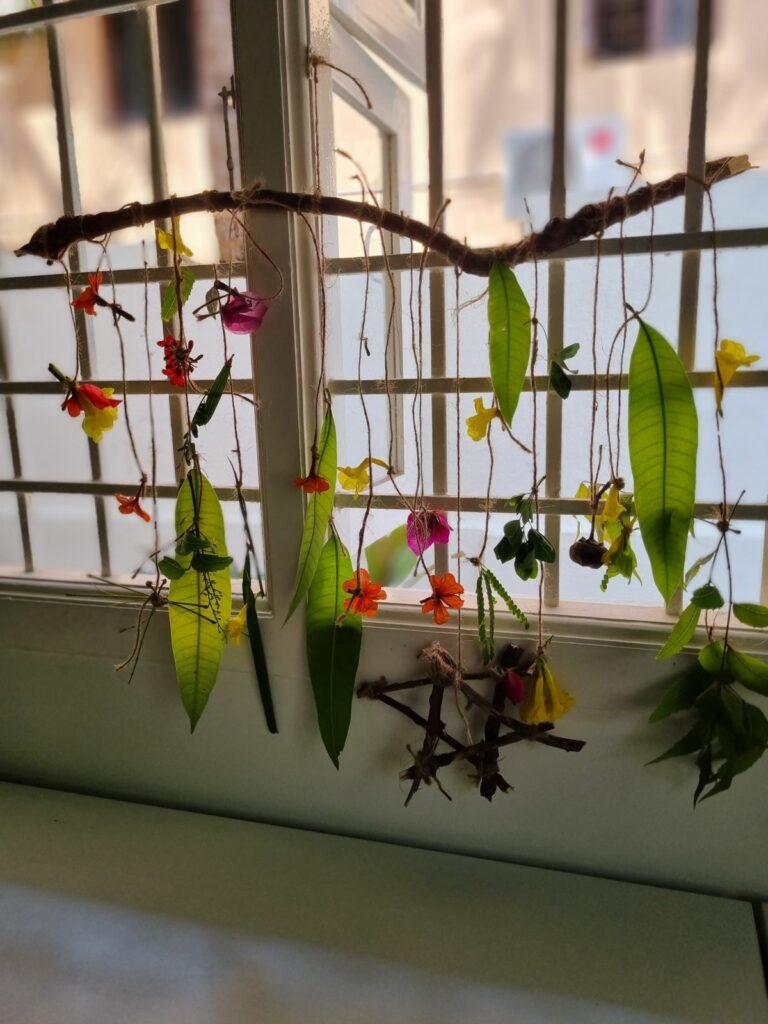
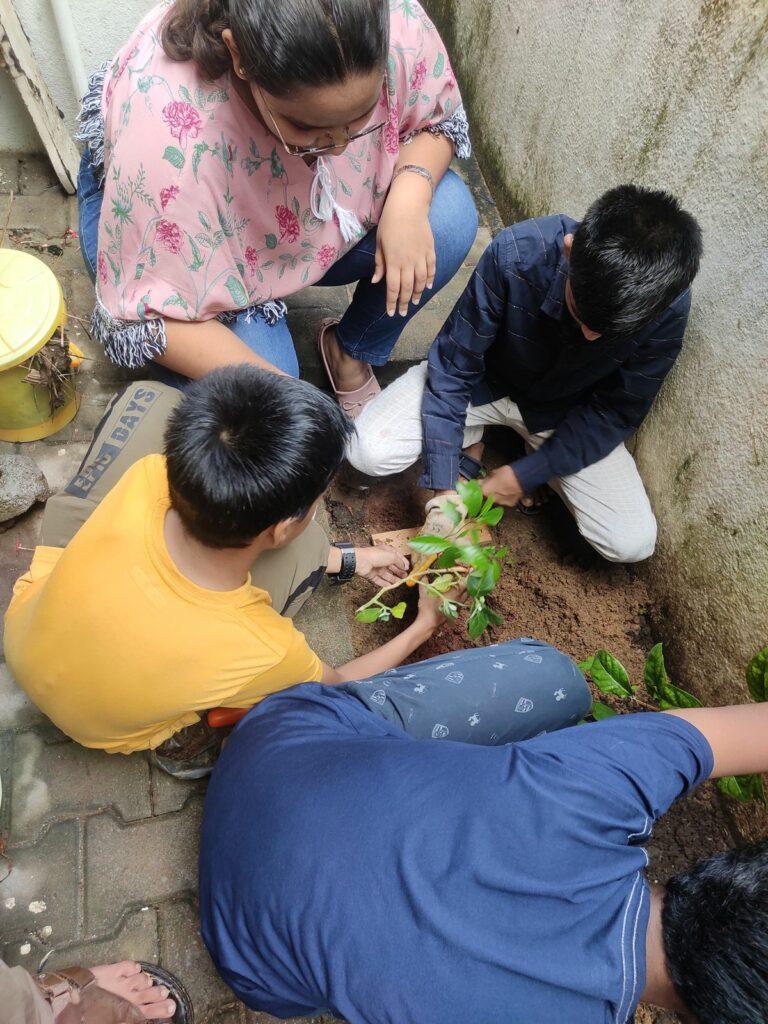

All photos in this blog post are credited to Sabina Fathima.

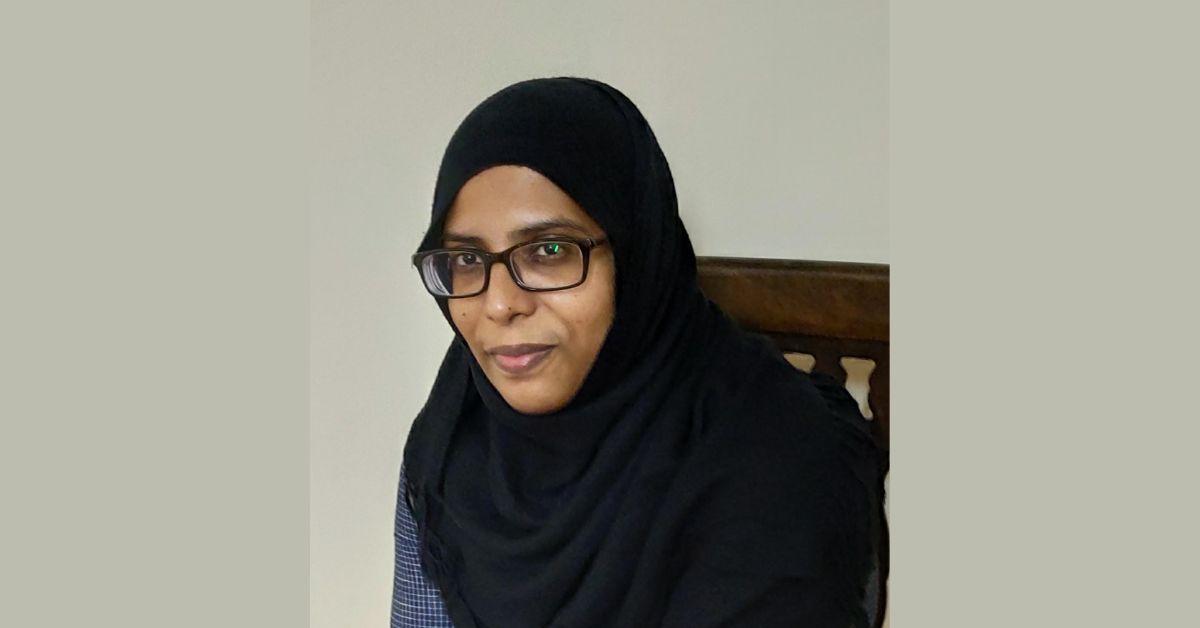
This journey is so simple and as natural as the humble nature around us! Felt these are my answers to these questions!
lovely work…
Hi,
This is heartening to see. In a world where children are increasingly oblivious to nature, this is exactly what is needed.
I live close by to Kovalam and would love to join the group for one if the classes and see if there are ways for me to contribute.
Cheers,
Prince S. Ali
This is amazing I am also to work this field like bird watching as a student. And I also want to work with their students because to increase my knowledge in bird watching and also in Biodiversity.